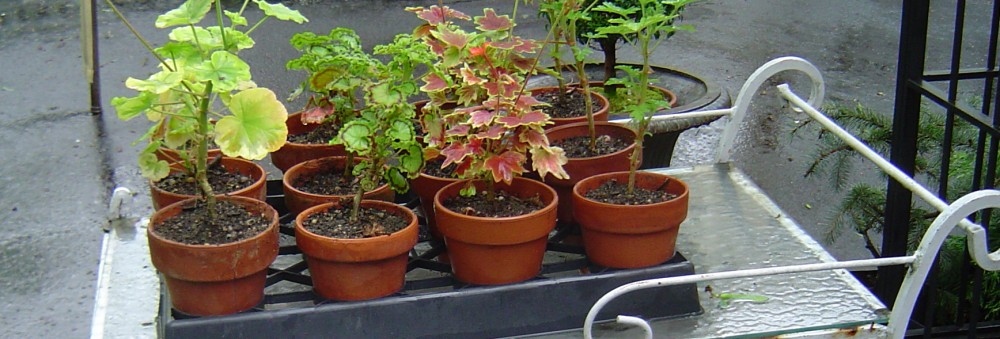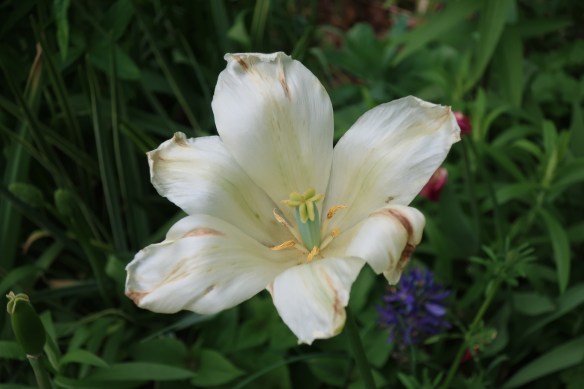Gifts come in many guises. While commercialism obliterates and/or skews how we celebrate the season, in our hearts we know we can do better than simply following the directive to shop with abandon. Giving thought to each gift we select makes it that much more meaningful and valuable.
I have long abandoned the shopping frenzy encouraged at this time. It is overwhelming and undermines my true intentions.
I largely give socially, ecologically and culturally conscious gifts. Selecting what is appropriate to each recipient is the best part primarily because it gives me pause to think about my relationship with them, what I know about them and how much I value their part in my life. At the same time, I want the gift to reflect who I am and what I stand for. That means, I cannot in good conscience give anybody a fake plant, gas powered mower or a flat of impatiens. (About that last one – I’m allowed to have my personal dislikes so don’t bother setting me straight please!)
So, here’s a comprehensive list of what I think are good gifts. They benefit deserving organizations and people and offer enjoyable, sustaining experiences to the recipients:
1. Membership to the New York Botanical Gardens, Wave Hill Gardens, Jay Heritage Center, the Garden Conservancy, Teatown Preservation. Each of these institutions provide a very valuable environmental and educational service to the country. An annual membership means one can visit and enjoy them all year long. I’m sure you will have additional institutions to add to your own list.
2. Gift certificates to a local nursery. In my neck of the woods, my favorite is Rosedale Nurseries. Similarly, gift certificates or actual products from local merchants would not go amiss.
3. Products that support worthy causes. Profits from my own soft furnishings the Printed Garden collection and botanical note-cards go towards the education of orphan girls with HIV. I would appreciate your support very much.
4. For the folk who subtly drive your days in ways that we easily overlook. Hand warmers plus tip for mail carriers and garbage collectors – they work in cold weather and slipping a warmer in their gloves would I’m sure make their work a tad bit nicer. Tips for anyone who assists you in living better is a must – hairdressers, house cleaners, garden helpers, snow-plowers etc., I like giving a little something along with the tip.
From homemade cookies to fat beeswax candles to a piece of artisan jewelry to gift certificates to a movie house, one can always give something meaningful. The first year I gave movie tickets to a person who’d helped with odd jobs in the garden, I discovered that this was the first time he’d been able to take his whole family to the cinema.
5. As an artist, I know what it means to sell my work. Gratifying, validating and so encouraging. Buying from local artists is a great way start your own collection, add to somebody else’s and in making such a purchase, you are supporting the arts. Potters, painters, sculptors, jewelry makers, crafters could all do with your patronage. Hire a local musician to your next big event!
In this vein, the New York Art Students League is having their famous Holiday Art Sale. Lots of affordable art by emerging artists to be found here. Full disclosure – I have a painting in this show.
I’m also very proud to have my painting ‘Willow’ in the art show ‘Fragile Waterways – Protecting What We Love’ at TeaTown. All the art has been donated by local artists and 100% of the sales goes to the Croton River Stewards Fund.
6. Finally, the priceless gift of all – the gift of time. Spending money is all very well but one always has limits on budgets. However, giving of ourselves can be much better. Offering to help with a chore/project, going on weekly walks, meeting regularly to catch up over coffee/lunch/brunch/tea/dinner, setting up a recurring date to see art shows, concerts, plays or any other shared interest, promising to call/FaceTime/Skype someone who lives far away on a regular basis are all ways to show how much you truly care. Time, we know, is the most precious. Imagine what it would mean to the receiver.
‘Tis the season.








(c) 2019 Shobha Vanchiswar
[do_widget “Blog Subscriptions (Jetpack)”]



























































































